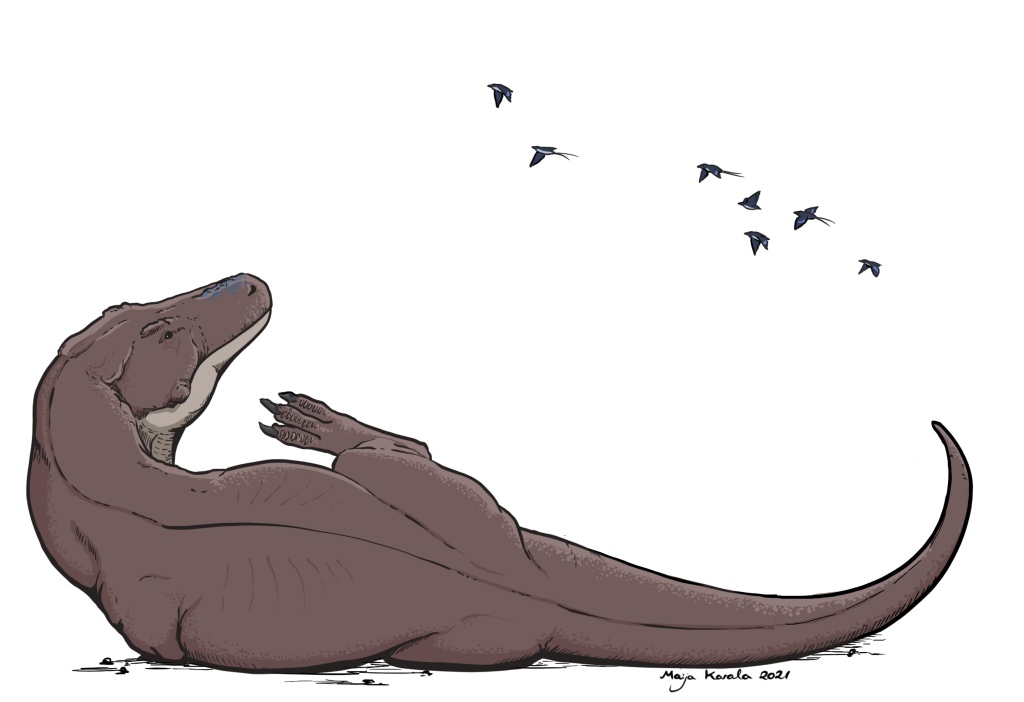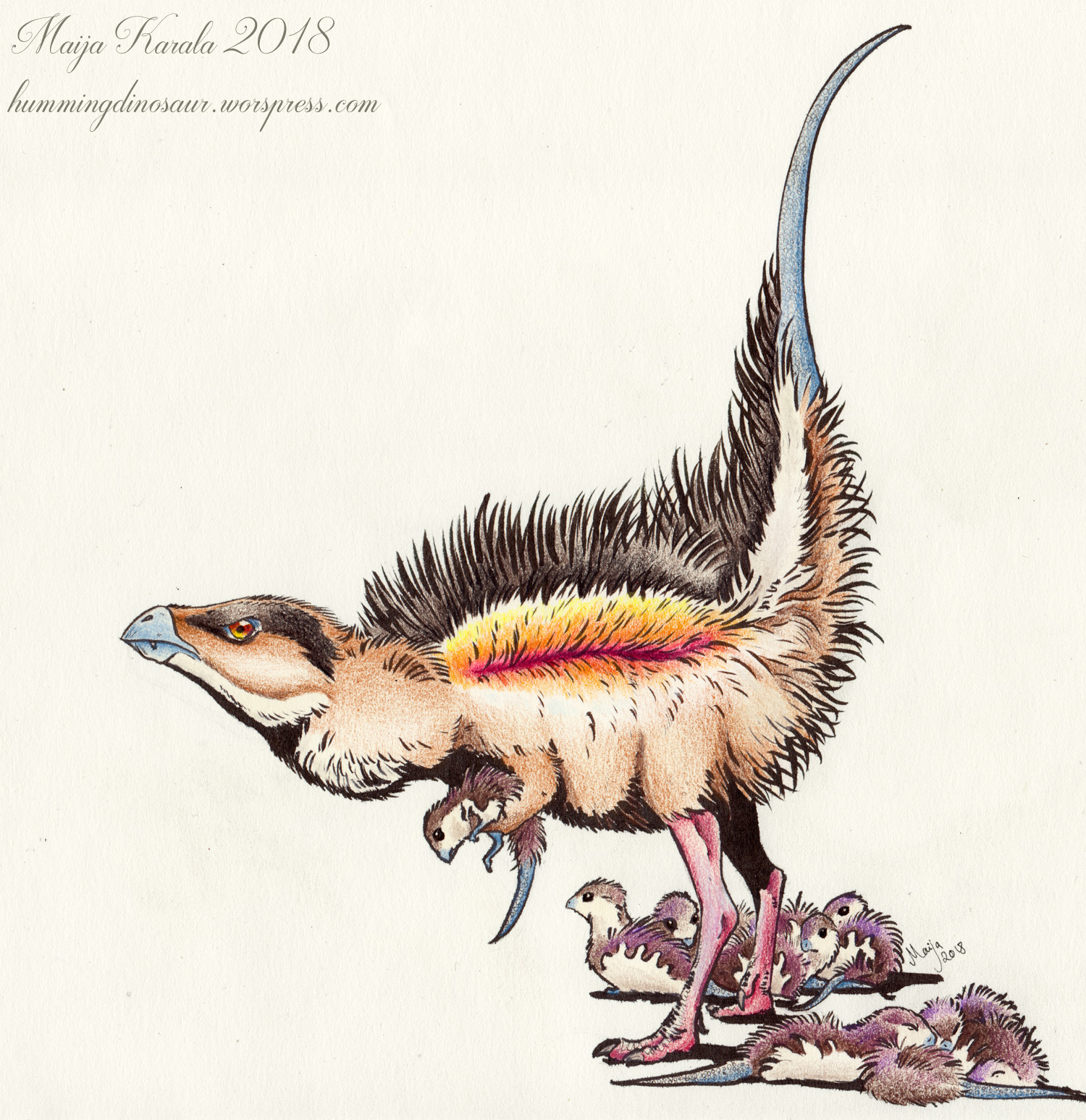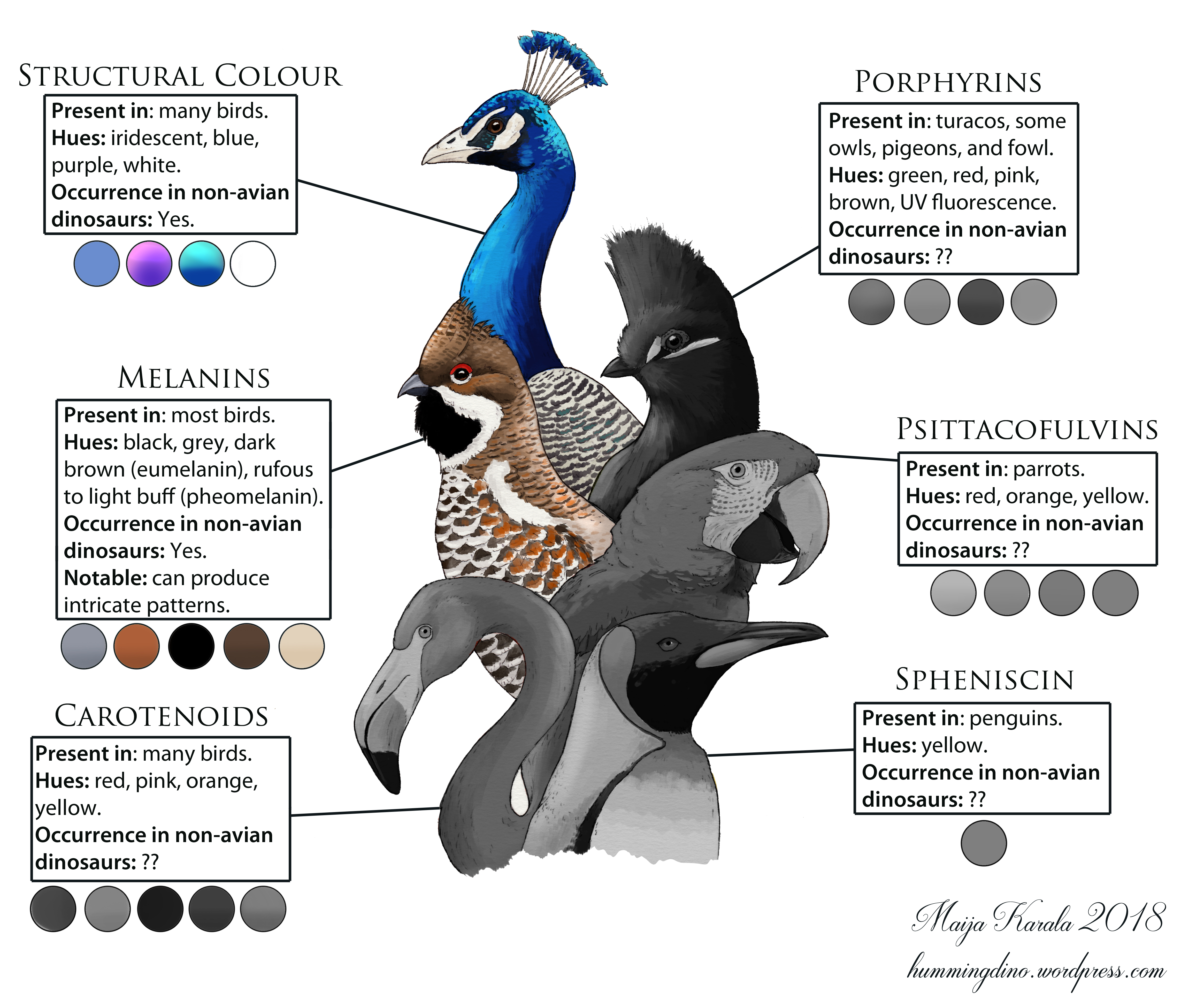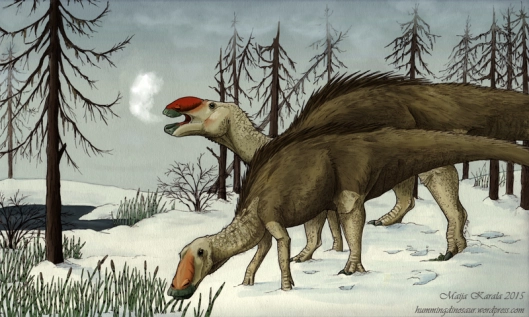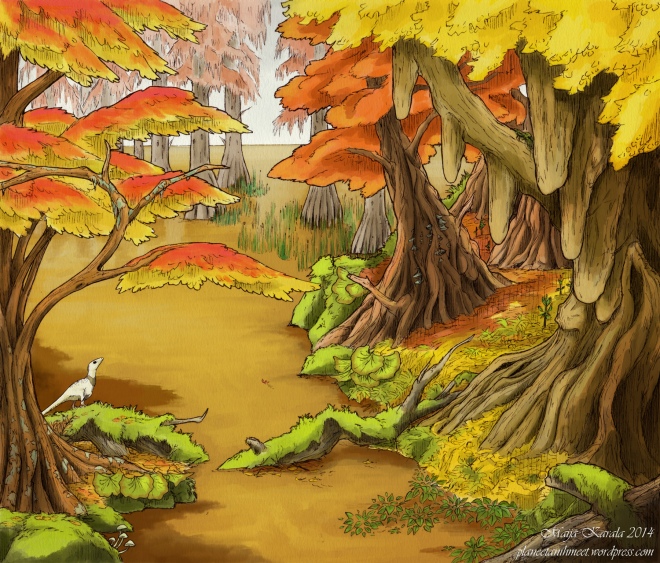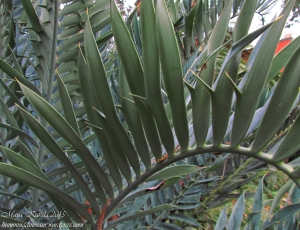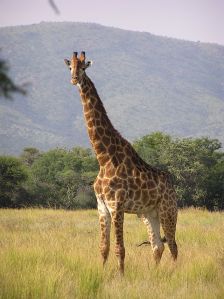Documentaries and movies tend to depict the lives of dinosaurs and other prehistoric animals full of violence, growling and roaring, killing and getting killed. Scientific names of dinosaurs also often play into this imagery, calling the animals “butcherers”, “reapers” or with names of mythical monsters and fictional villains. Is this an accurate representation of what we know about wild animal lives, or a false image stemming from our love for drama?
The answer is a little bit of both. Dinosaurs and other ancient creatures obviously hunted and fell prey to each other just like wild animals still do. They fought over mates or scarce resources and sometimes suffered horrible injuries that can still be seen in their fossil bones. However, that is only one side to their complex lives, and if they were anything like living animals, a surprisingly small part.
Lately, I have been thinking about not so much animals as populations or species, but as individuals: their lives, experiences and emotions. This is mostly inspired by my work at Arador Innovations, a research and science outreach company specializing in animal cognition. While my job concerns living animals, it got me thinking this might be an interesting topic when applied to prehistoric life, and perhaps even provide inspiration for paleoartists.
Continue reading
